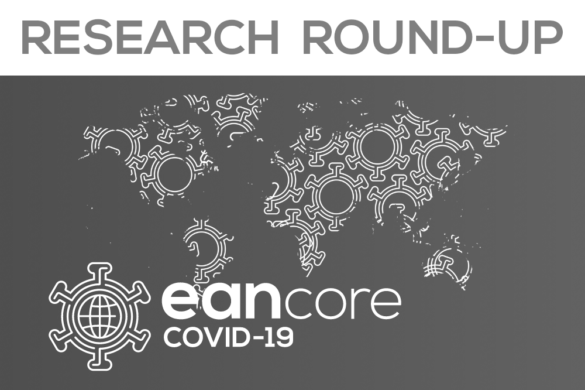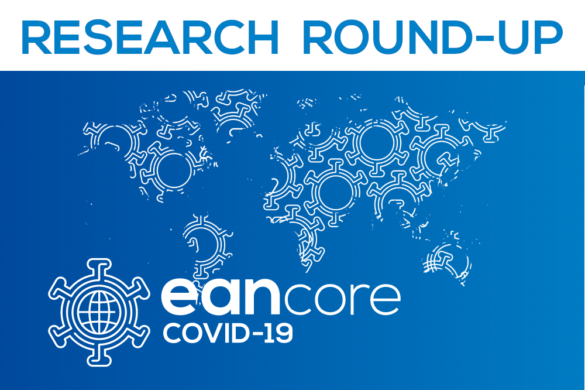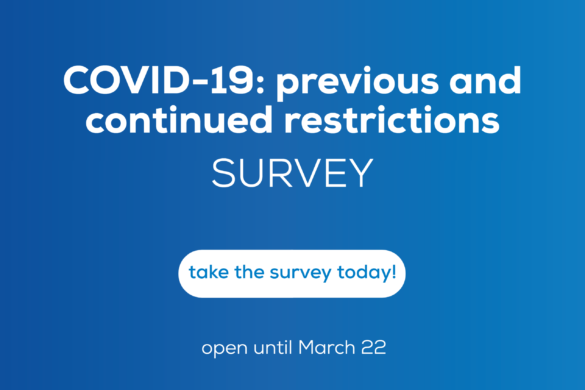Case series/case reports (Indigo)
Neurological complications worsen outcomes in COVID-19. The objective of this study was to define the prevalence of neurological conditions among hospitalized patients with a positive SARS-CoV-2 reverse transcription polymerase chain reaction test in geographically diverse multinational populations during early pandemic. Electronic health records (EHR) from 338 participating hospitals across 6 countries and 3 continents (January-September 2020) were used for a cross-sectional analysis. The authors assessed the frequency of International Classification of Disease code of neurological conditions by countries, healthcare systems, time before and after admission for COVID-19 and COVID-19 severity. Among 35,177 hospitalized patients with SARS-CoV-2 infection, there was an increase in the proportion with disorders of consciousness (5.8%, 95% confidence interval [CI] 3.7-7.8%, pFDR < 0.001) and unspecified disorders of the brain (8.1%, 5.7-10.5%, pFDR < 0.001) when compared to the pre-admission proportion. During hospitalization, the relative risk of disorders of consciousness (22%, 19-25%), cerebrovascular diseases (24%, 13-35%), nontraumatic intracranial hemorrhage (34%, 20-50%), encephalitis and/or myelitis (37%, 17-60%) and myopathy (72%, 67-77%) were higher for patients with severe COVID-19 when compared to those who never experienced severe COVID-19. Leveraging a multinational network to capture standardized EHR data, the authors highlighted the increased prevalence of central and peripheral neurological phenotypes in patients hospitalized with COVID-19, particularly among those with severe disease.
Le TT, Gutiérrez-Sacristán A, Son J, Hong C, South AM, Beaulieu-Jones BK, Loh NHW, Luo Y, Morris M, Ngiam KY, Patel LP, Samayamuthu MJ, Schriver E, Tan ALM, Moore J, Cai T, Omenn GS, Avillach P, Kohane IS; Consortium for Clinical Characterization of COVID-19 by EHR (4CE), Visweswaran S, Mowery DL, Xia Z. Multinational characterization of neurological phenotypes in patients hospitalized with COVID-19. Sci Rep. 2021 Oct 12;11(1):20238. doi: 10.1038/s41598-021-99481-9.









